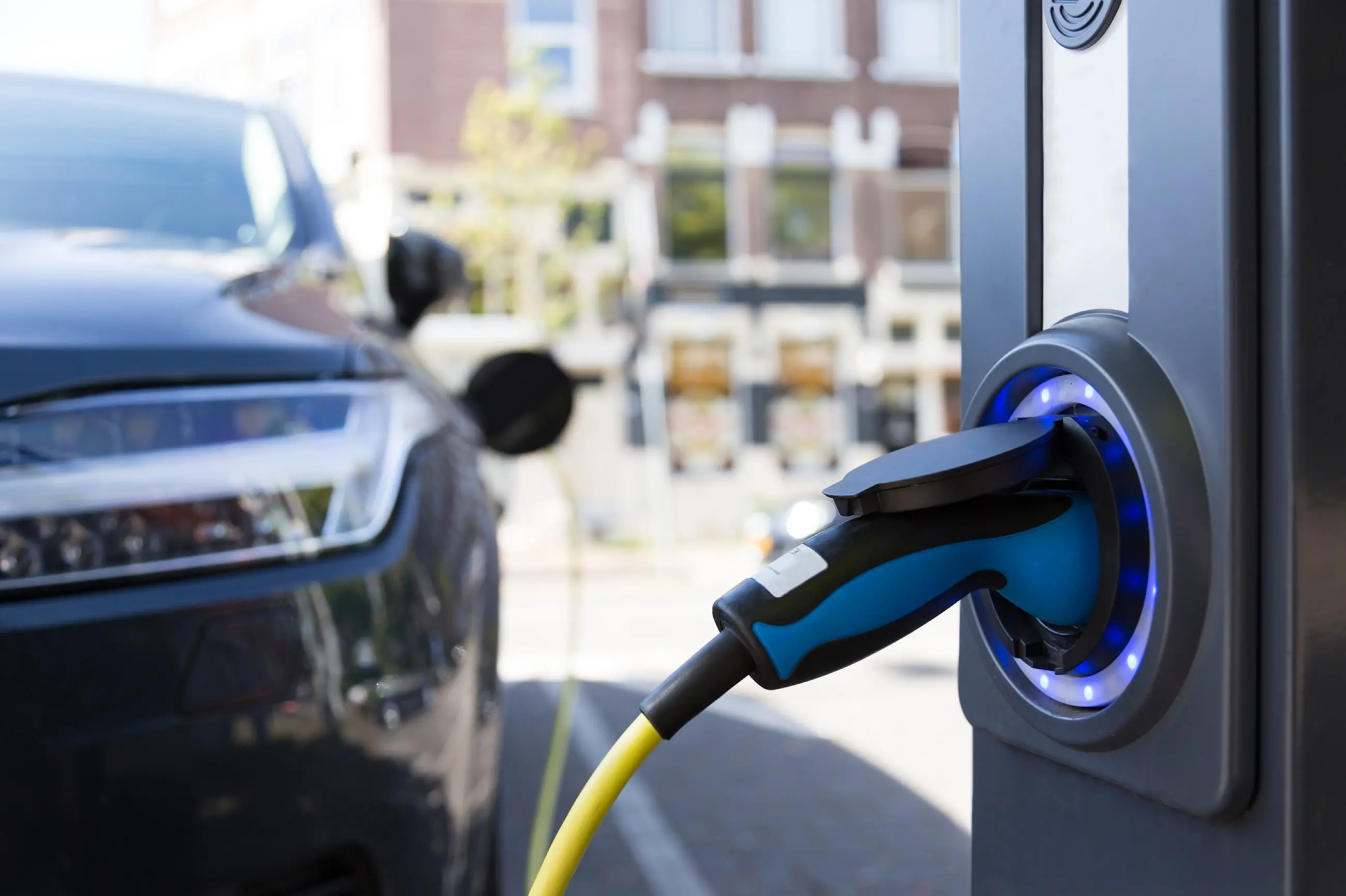The American Council for an Energy-Efficient Economy (ACEEE) is actively advancing the cause of vehicle lifecycle efficiency, emphasizing the importance of reducing environmental impacts from production to disposal. ACEEE addresses inefficiencies throughout the entire vehicle lifecycle, from advocating for adopting stringent emissions standards to promoting more efficient vehicle materials and standards that reduce resource extraction, energy consumption, and waste.
Emissions Standards
The fuel economy of light-duty vehicles has moved gradually upward since the adoption of federal Corporate Average Fuel Economy (CAFE) standards, first adopted in 1975. CAFE standards are now complemented by greenhouse gas (GHG) emissions standards for vehicles, originally pioneered by California. In 2024, the federal government finalized the latest round of light- and heavy-duty vehicle GHG standards. Both rules anticipate an increase in high-efficiency vehicles such as battery and fuel cell electric vehicles. At the same time, states have been pursuing the adoption of California’s clean vehicle standards that push for vehicle electrification and emissions reductions beyond what the latest federal standards would achieve.
ACEEE advocates for federal rules that uphold and strengthen vehicle efficiency for light-duty, medium-duty, and heavy-duty vehicles. Additionally, we foster partnerships with states to promote the adoption of vehicle emissions regulations and electrification standards aligned with the standards set in California rules Advanced Clean Cars II (ACCII) and Advanced Clean Trucks (ACT) for passenger and freight vehicles.
EV Efficiency
Electric vehicles (EVs) have lower fuel costs, lead to cleaner air, and are a key way to reduce GHG emissions from the transportation sector. However, there are vast differences in EV efficiency, and it is critical that manufacturers prioritize efficiency in designing new vehicles. Greater EV efficiency means using less electricity per mile of driving. More-efficient EVs benefit drivers, the environment, and the electricity grid.
Increasing the efficiency of EVs will mean reversing the trend of larger, heavier vehicles. Policymakers should incentivize greater EV efficiency to ensure the most efficient use of resources, especially resources used to produce EV batteries.
EV Battery Second Life Applications
The recent surge in EVs will eventually lead to a growing number of batteries reaching the end of their first lives. The first life of a lithium-ion battery refers to how battery cells, which degrade over time, lead to a reduction in a battery’s ability to power the vehicle effectively. Though the battery may no longer fit its initial purpose, a battery at the end of its first-life application in an EV can still hold 70–80% of its original electricity storage capacity, meaning the battery is still useful for other storage applications where energy density is a lower priority.
As electrification efforts ramp up in the transportation, buildings, and industrial sectors, energy storage across the economy is critical to balance power demand surges and allow for a cleaner and less stressed grid. One estimate has the cumulative installations of stationary storage to be over 100 gigawatts by 2030 in the U.S. alone. In the coming years, millions of EV batteries will reach the end of their first life and be considerably valuable for energy storage in second-life applications.
GreenerCars
Conducted by ACEEE annually from 2007 to 2024, GreenerCars is an assessment of every new model in the U.S. light-duty vehicle market. Findings are based on a lifecycle assessment of the greenhouse gas and criteria pollutant emissions from the production, use, and disposal of each vehicle.
Unlike other evaluations of vehicles' health and environmental impact that rely solely on fuel efficiency, GreenerCars assesses the upstream emissions generated by electricity used by a vehicle, emissions produced when mining and processing minerals for batteries, and emissions from manufacturing vehicles and vehicle components. Users can use these scores to make the greenest purchase that meets their mobility needs.
GreenerCars.org








